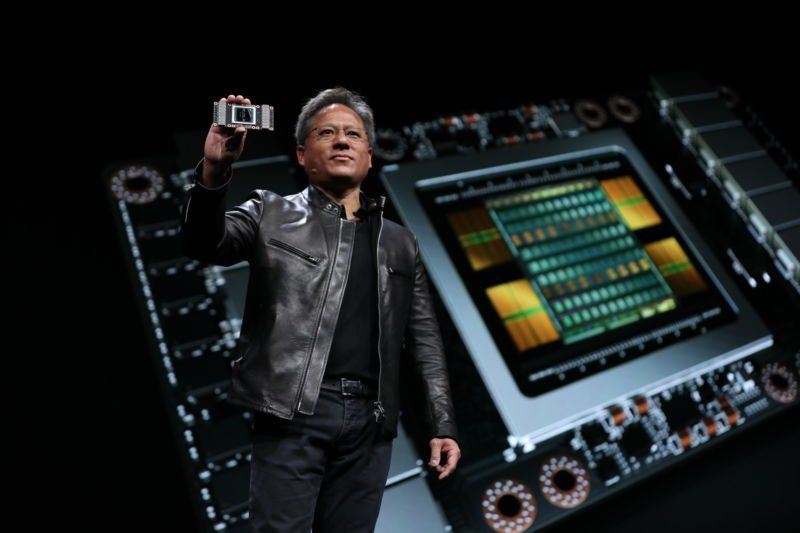HPC is One Piece of the Digital Infrastructure Ecosystem
<!-- /* Font Definitions */ @font-face {font-family:Arial; panose-1:2 11 6 4 2 2 2 2 2 4; mso-font-charset:0; mso-generic-font-family:auto; mso-font-pitch:variable; mso-font-signature:-536859905 -1073711037 9 0 511 0;} @font-face {font-family:Verdana; panose-1:2 11 6 4 3 5 4 4 2 4; mso-font-charset:0; mso-generic-font-family:auto; mso-font-pitch:variable; mso-font-signature:-1593833729 1073750107 16 0 415 0;} @font-face {font-family:"Cambria Math"; panose-1:2 4 5 3 5 4 6 3 2 4; mso-font-charset:0; mso-generic-font-family:auto; mso-font-pitch:variable; mso-font-signature:-536870145 1107305727 0 0 415 0;} /* Style Definitions */ p.MsoNormal, li.MsoNormal, div.MsoNormal {mso-style-unhide:no; mso-style-qformat:yes; mso-style-parent:""; margin-top:0in; margin-right:0in; margin-bottom:6.0pt; margin-left:0in; mso-pagination:widow-orphan; font-size:10.0pt; mso-bidi-font-size:12.0pt; font-family:Verdana; mso-fareast-font-family:"Times New Roman"; mso-bidi-font-family:Arial; mso-font-kerning:16.0pt; mso-fareast-language:JA; mso-bidi-font-weight:bold; mso-bidi-font-style:italic;} .MsoChpDefault {mso-style-type:export-only; mso-default-props:yes; font-family:Cambria; mso-ascii-font-family:Cambria; mso-ascii-theme-font:minor-latin; mso-fareast-font-family:"MS 明朝"; mso-fareast-theme-font:minor-fareast; mso-hansi-font-family:Cambria; mso-hansi-theme-font:minor-latin; mso-bidi-font-family:"Times New Roman"; mso-bidi-theme-font:minor-bidi; mso-ansi-language:EN-US; mso-fareast-language:JA;} @page WordSection1 {size:8.5in 11.0in; margin:1.0in 1.25in 1.0in 1.25in; mso-header-margin:.5in; mso-footer-margin:.5in; mso-paper-source:0;} div.WordSection1 {page:WordSection1;} --> Tracking the state-of-the-art in Global Digital Infrastructure at #SC18 in Dallas.
SC18, supercomputing’s largest annual conference and exhibition, starts this weekend in Dallas. Many sessions will address important challenges for Digital Infrastructure (DI) providers around the world. For example:
- Demonstrating the impact of DI investments and DI-enabled
research
- Showcasing how DI is essential not only to academic
research, but to significant industrial sectors around the world
- Best practices for sustaining and maintaining critical research
software after its initial creation and release
- Integrating data services into the complete DI ecosystem
- Effectively managing scientific workflows
(note: this is just one of several interesting sessions on this topic!)
Historically SCXX conferences have focussed on hardware – from design to performance improvement – and there will be plenty of nuts and bolts presentations, topped off by the announcement of the November 2018 edition of the Top 500 list. After that’s announced, I’ll be updating my national compilation of HPC capabilities in academia and research (stay tuned!).
Of course my work with Compute Canada since 2014, and then benchmarking DI ecosystems around the world over the last year, underscores how “petaflops” aren’t the only important measure of the strength of your Digital Infrastructure ecosystem.
For example, what about creating a “Data500” – a rigorous census of persistent research data storage capabilities around the world? Data sets and dataset sizes both continue to grow exponentially – and storage costs are becoming significant components of DI budgets. The real value of supercomputing lies not in the hardware, but in the data that is produced by that hardware, so we need to start measuring data capabilities as well as compute capabilities.
As another example, specialized compute architectures are increasingly being used to solve important DI problems -- like bioinformatics and molecular dynamics -- more quickly than the general-purpose systems that the Top500 measures. The HPCG benchmark incorporates a number of the calculations the community needs – and has highlighted how poorly many general purpose systems actually perform on real-world scientific workloads – and how widely this performance varies across existing architectures. HPCG also assumes the system being tested can operate as a general-purpose computer – so more specific measures would be needed to assess specialized architectures.
Many sessions touch on important aspects of this challenge -- here are just a few:
- Reconfigurable systems
and
benchmarking reconfigurable systems
- Programming for diverse architectures
- Optimizing memory architectures
These activities will enable new solutions to very important scientific challenges, solutions that could significantly change the DI landscape -- and the productivity of research & development. Stay tuned for updates on this groundbreaking work!





